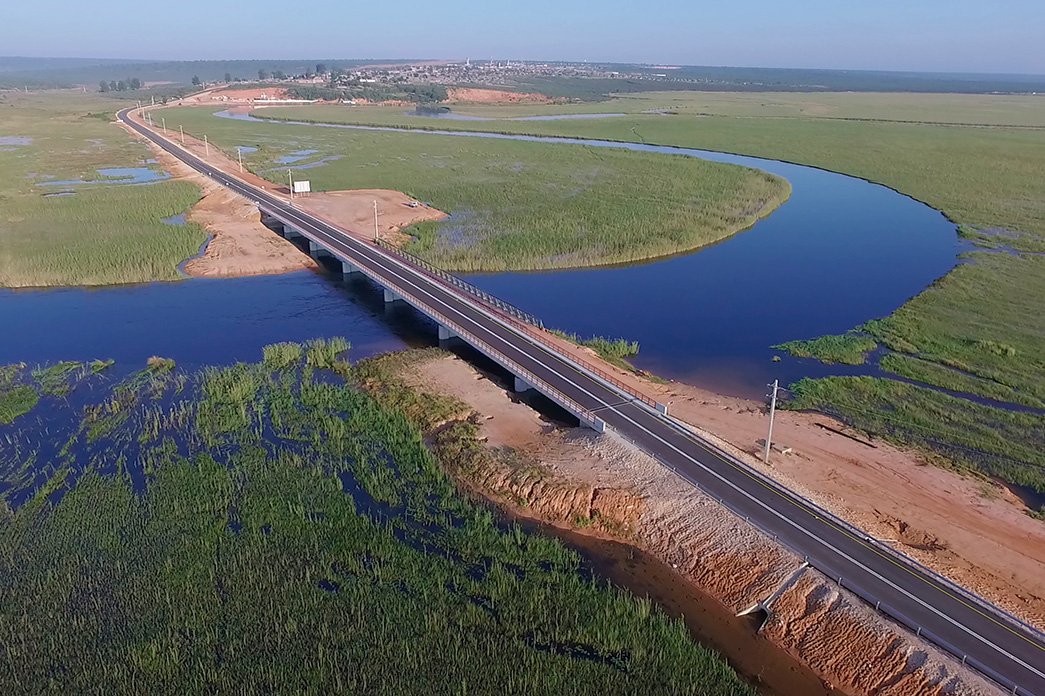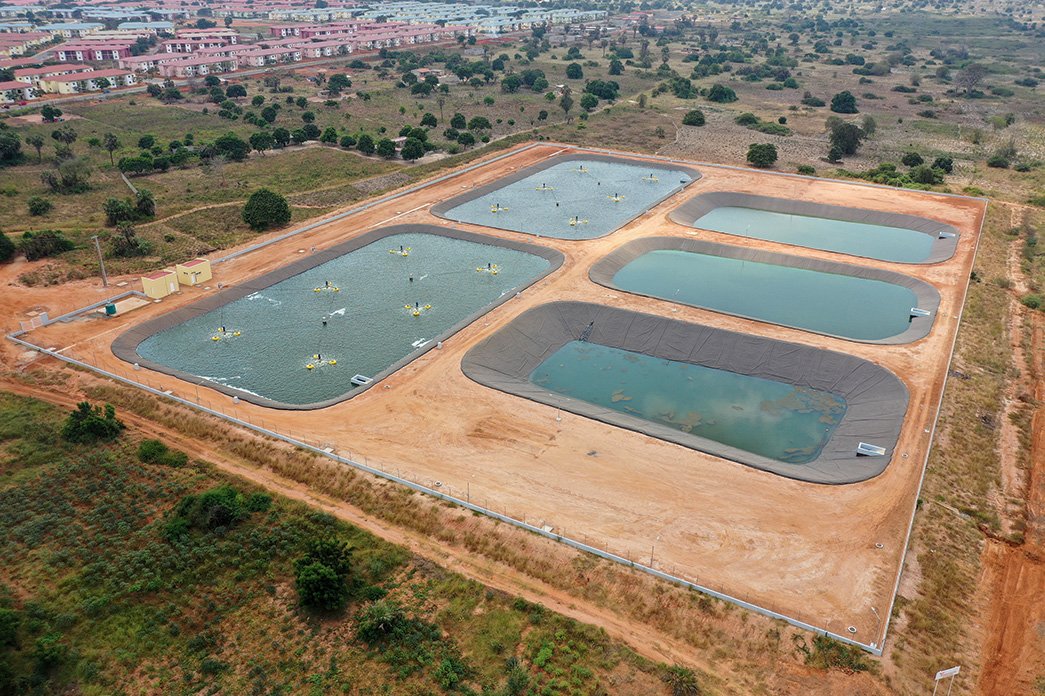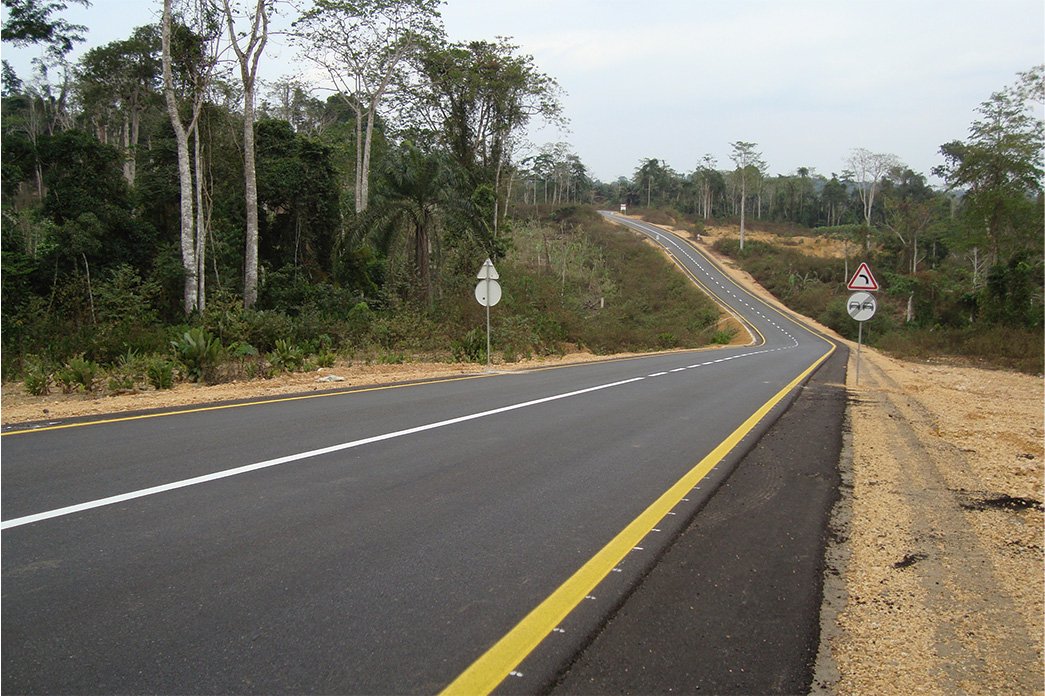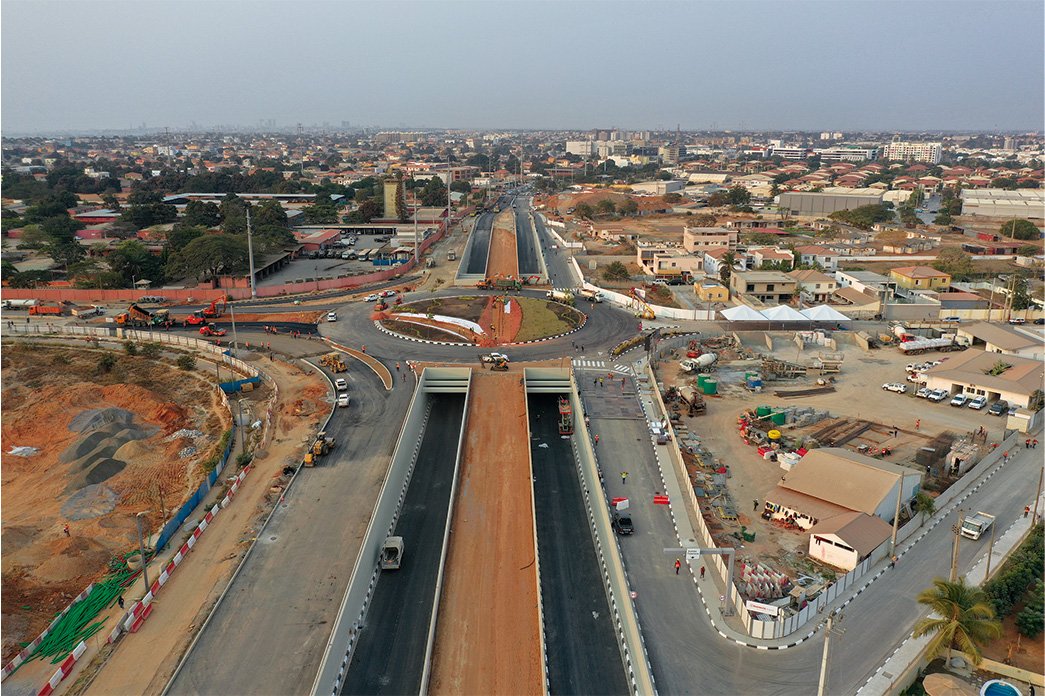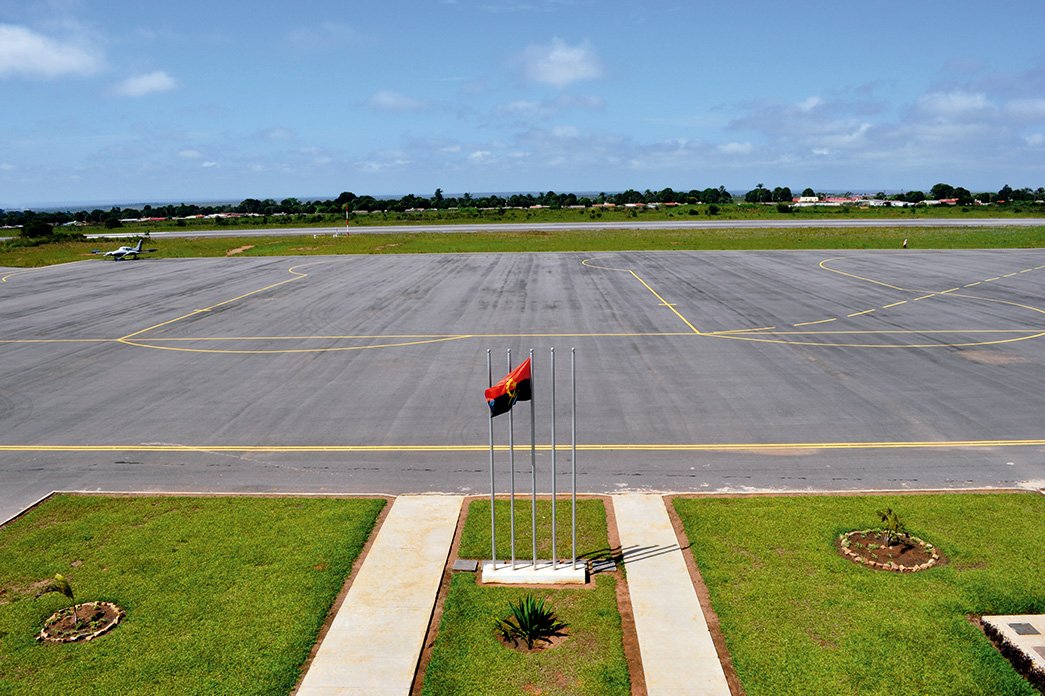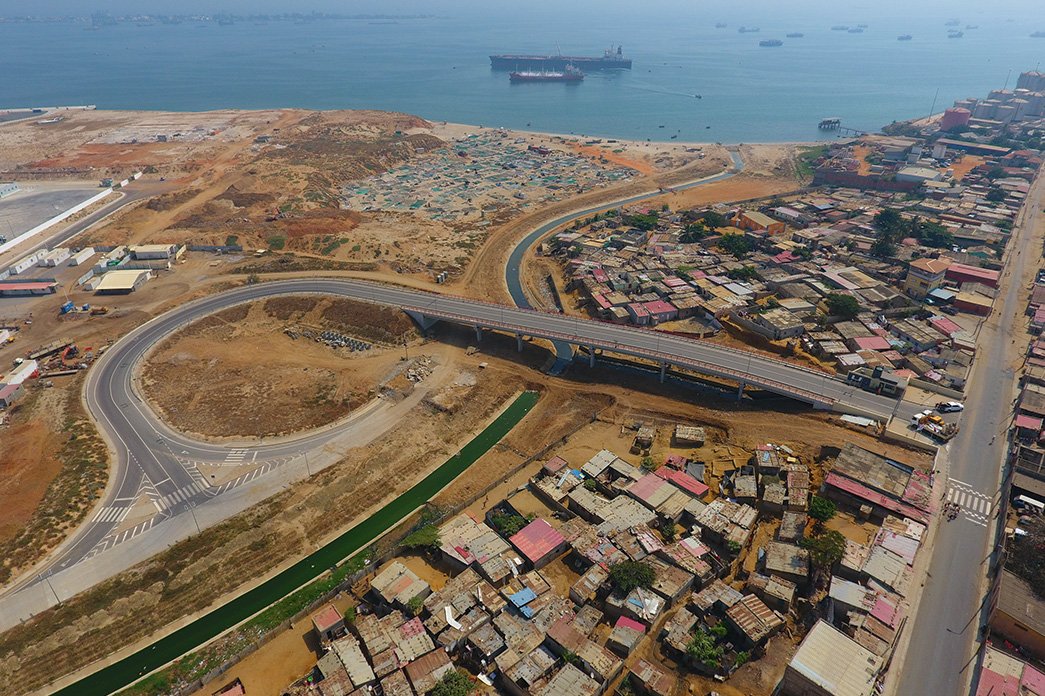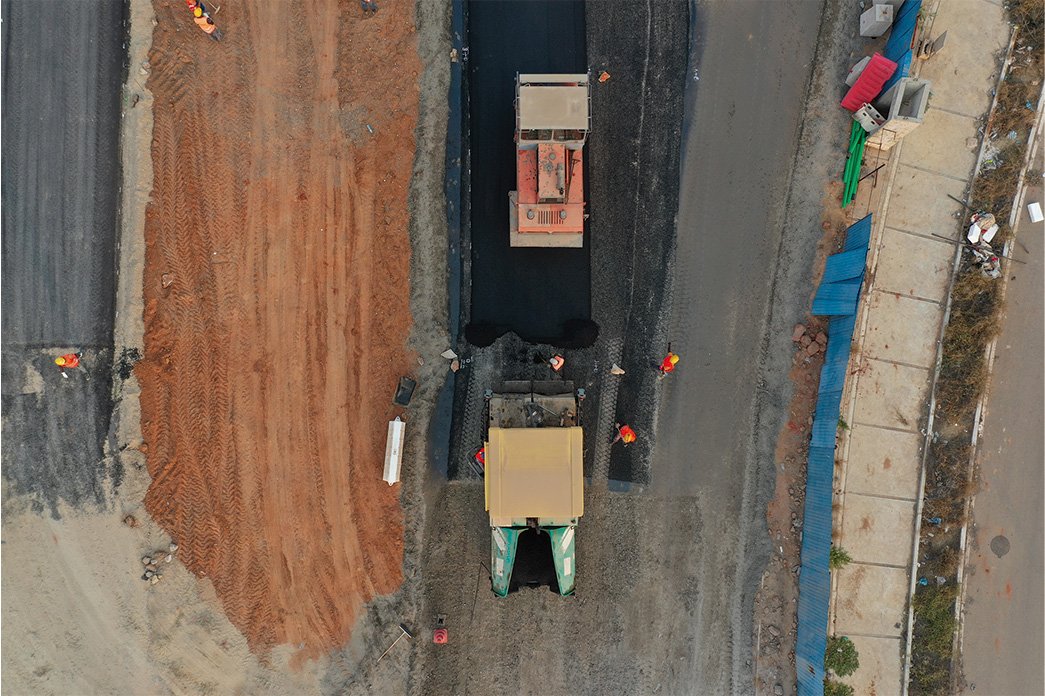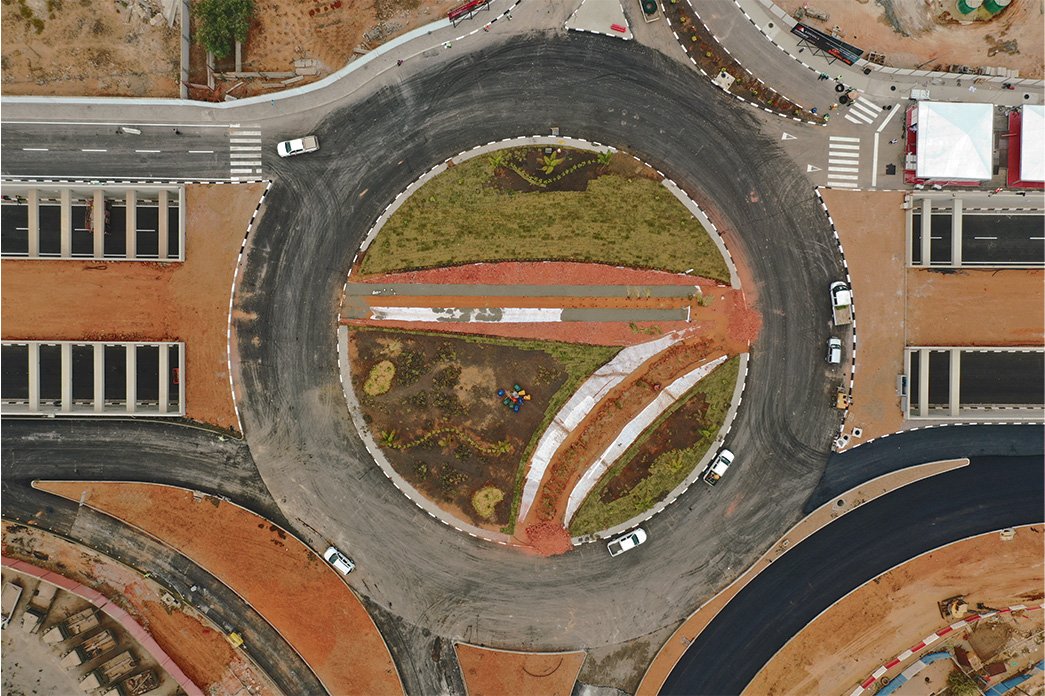
1962 is the year that marks the beginning of the construction of a dream, but to satisfy our curiosity, let us go back to José Guilherme Jorge da Costa’s childhood days. For him the best Christmas presents were miniature trucks and machines and anything that rolled on four wheels. Influenced by his father, Rodrigo da Costa, a businessman in the area of transport and services, his passion for large vehicles, equipment and their activities made José Guilherme da Costa daydream. At the age of 23 he began to make his dream come true, creating the company José Guilherme Jorge da Costa, unipessoal, with the ambition of making it grow. He began as a subcontractor, carrying out groundworks, urbanisations, roads and supplying construction materials. The projects began to be larger in number and scale, with collaboration in major engineering projects, such as the construction of the Lisnave Docks or the Vilamoura Marina. The expansion of the business into almost all areas of public works, accompanied by an increase in own resources and expansion of technical staff numbers, led to the foundation of Tecnovia - Infraestruturas José Guilherme da Costa Lda. in 1973. The company built its first bridges – the Mega, Amioso and Sinhel bridges.
The years from 1976 to 1978 represent an important milestone: expanding to the Autonomous Regions of the Azores and Madeira. The company has built ports, airports, roads, buildings and other structural works for the development of these island regions. The technical capacity and resources, together with the quality of the execution, increased the company’s prestige, which in the 1990s transformed the private limited company into a public limited company, changing its designation to Tecnovia- Sociedade de Empreitadas, S.A.
Three decades of entrepreneurship, trust, professionalism and, above all else, quality
The years from 1976 to 1978 represent an important milestone: expanding to the Autonomous Regions of the Azores and Madeira. The company has built ports, airports, roads, buildings and other structural works for the development of these island regions. The technical capacity and resources, together with the quality of the execution, increased the company’s prestige, which in the 1990s transformed the private limited company into a public limited company, changing its designation to Tecnovia- Sociedade de Empreitadas, S.A.
Three decades of entrepreneurship, trust, professionalism and, above all else, quality





